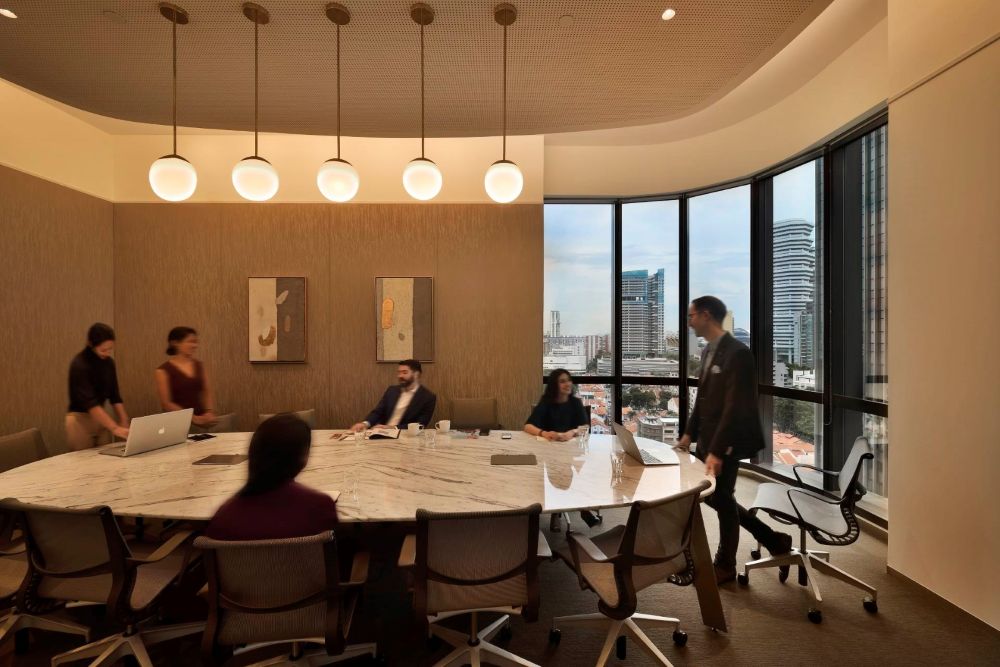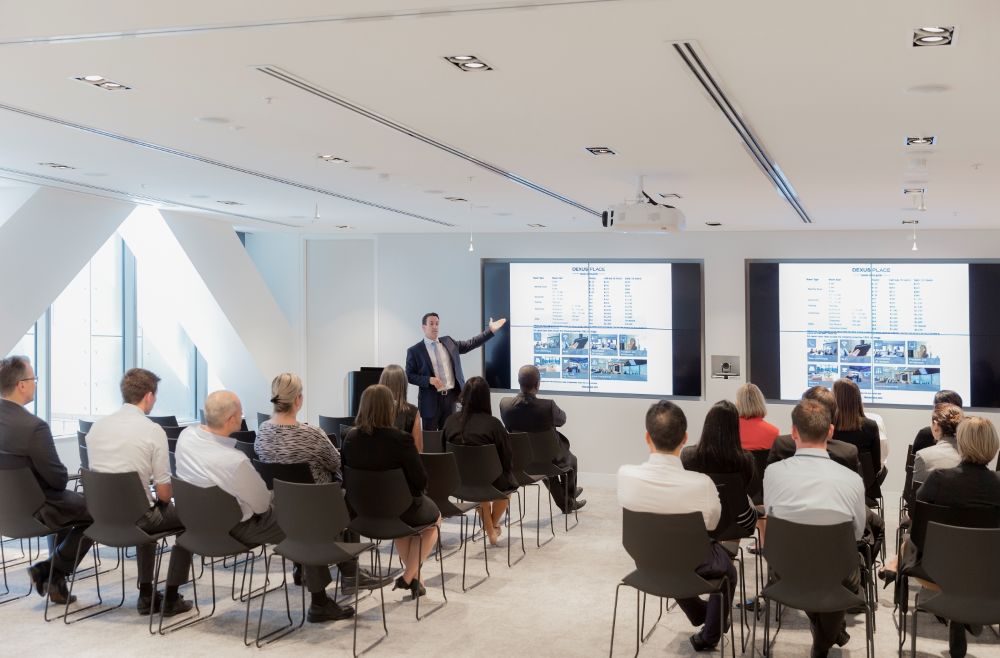Where traditional office setups with rows of cubicles and rigid schedules become a distant memory, a new buzzword has emerged: "agile." As businesses seek leaner and more efficient ways to operate, the concept of an agile workplace has gained traction. But what exactly does it mean, and how can it benefit your company?
Let's break down the hype and explore the key elements of an agile work environment.
What is an Agile Workplace Model?
An agile working environment is defined by its flexibility and adaptability. It's a workspace that empowers employees to choose where, when, and how they work best. This can involve a combination of remote work, flexible hours, and a variety of workspaces designed to support different tasks and work styles.
But "agile" goes beyond just flexible hours and hot desks. It encompasses both the physical office design and the work methodology. As an office layout, an agile workspace is typically designed to be modular and adaptable, with a mix of private offices, collaborative spaces, and quiet zones. As a work style, agile emphasises iterative progress, frequent feedback, and a focus on delivering value quickly.
Simply put, an agile working environment can be summed up in three key factors:
- Adaptable: The workspace can be easily reconfigured to meet changing needs, whether it's accommodating a growing team or supporting a new project.
- Accessible: Employees have the freedom to choose where and when they work, whether it's from the office, home, or a coworking space.
- Iterative: The workspace itself is subject to continuous improvement. It's regularly evaluated and adjusted based on employee feedback and evolving needs.
Types of Agile Workspaces
Believe it or not, agile workspaces are not new to us—individual meeting rooms in your office may already be doubling as an agile workspace, providing a dedicated space for focused tasks for collaborative discussions.
Here are some common types of agile workspaces that can be integrated into your office design:
- Open Plan Spaces: These large, open areas encourage collaboration and communication, making them ideal for teams that work closely together.
- Quiet Zones: For tasks that require deep focus, quiet zones offer a sanctuary free from distractions. These spaces are typically designed with sound-absorbing materials and minimal visual clutter.
- Breakout Spaces: Need a change of scenery or a place for informal meetings? Breakout spaces offer a relaxed and comfortable setting for collaborations, casual discussions or brainstorming sessions.
- Resource Areas: These centralised hubs provide access to shared resources like printers, scanners, and stationery, eliminating the need for individual teams to maintain their own supplies.
- Touchdown Areas: Perfect for employees who are only in the office occasionally, touchdown areas offer temporary workspaces with all the essentials, like a desk, chair, and power outlets.
- Activity-Based Workspaces (ABW): ABW takes the agile concept to the next level, providing a variety of work settings designed to support different tasks and work styles. Employees can choose the space that best suits their needs at any given time, whether it's a collaborative zone, a focus room, or a quiet corner for individual work.
What are the Benefits of an Agile Workplace
Creating an agile work environment can bring a whole host of benefits to your organisation. From boosting productivity to improving employee morale, the advantages are numerous. Here are a few key benefits to consider:
- Improved Collaboration: Agile workspaces encourage spontaneous interactions and knowledge sharing, making it easier for teams to collaborate and share ideas.
- Higher Employee Retention: By providing a flexible and supportive work environment, agile workspaces can help you attract and retain top talent.
- Better Space Efficiency: Agile workspaces are designed to be flexible and adaptable, allowing you to optimise your space utilisation and reduce wasted square footage.
- Increased Productivity and Employee Engagement: When employees have the freedom to choose where and how they work best, their productivity and engagement levels tend to improve.
- Maximise Space Management: Agile workspaces promote efficient use of space, allowing you to accommodate more employees or different work styles within the same footprint.
Is Agile Working the Same as Flexible Working?
While "agile working" and "flexible working" are often used interchangeably, there's a subtle yet important distinction between the two.
Flexible working primarily focuses on when and where work happens. It might involve options like remote work, flexible hours, or compressed workweeks. Agile working, on the other hand, encompasses a broader philosophy that emphasises how work is done—creating a dynamic and responsive environment that empowers employees to adapt to changing needs and priorities.
Who is the Agile Work Environment Best Suited For?
Agile work environments are not a one-size-fits-all solution. They're particularly well-suited for organisations that value collaboration, innovation, and employee empowerment.
If your company has a flat organisational structure, where communication flows freely and decision-making is decentralised, an agile workspace can break down silos, encourage cross-functional collaboration, and empower employees to take ownership of their work.
Agile work environments are often found in sectors that experience rapid change and require high adaptability. This includes industries like technology, creative agencies, and startups, where innovation and responsiveness are critical for success.
Integrate an Agile Workplace into Your Team at The Work Project

TWP’s private meeting rooms for rent
Creating an agile work environment doesn't necessarily require a complete office overhaul. Instead of remodelling your existing space, why not find a coworking space that already offers the flexibility and amenities you need?
The Work Project's shared offices are designed with agility in mind. We incorporate various elements of agile workspaces, including private offices for focused work, collaborative zones for team projects, phone booths for private conversations, comfortable lounges for relaxation and informal meetings, and even hot desk spaces for those who thrive on variety.
With well-serviced amenities and thoughtfully designed spaces, The Work Project fosters productivity and well-being, bringing out the best in your team.
Browse our coworking spaces and book a private meeting room for rent today.






